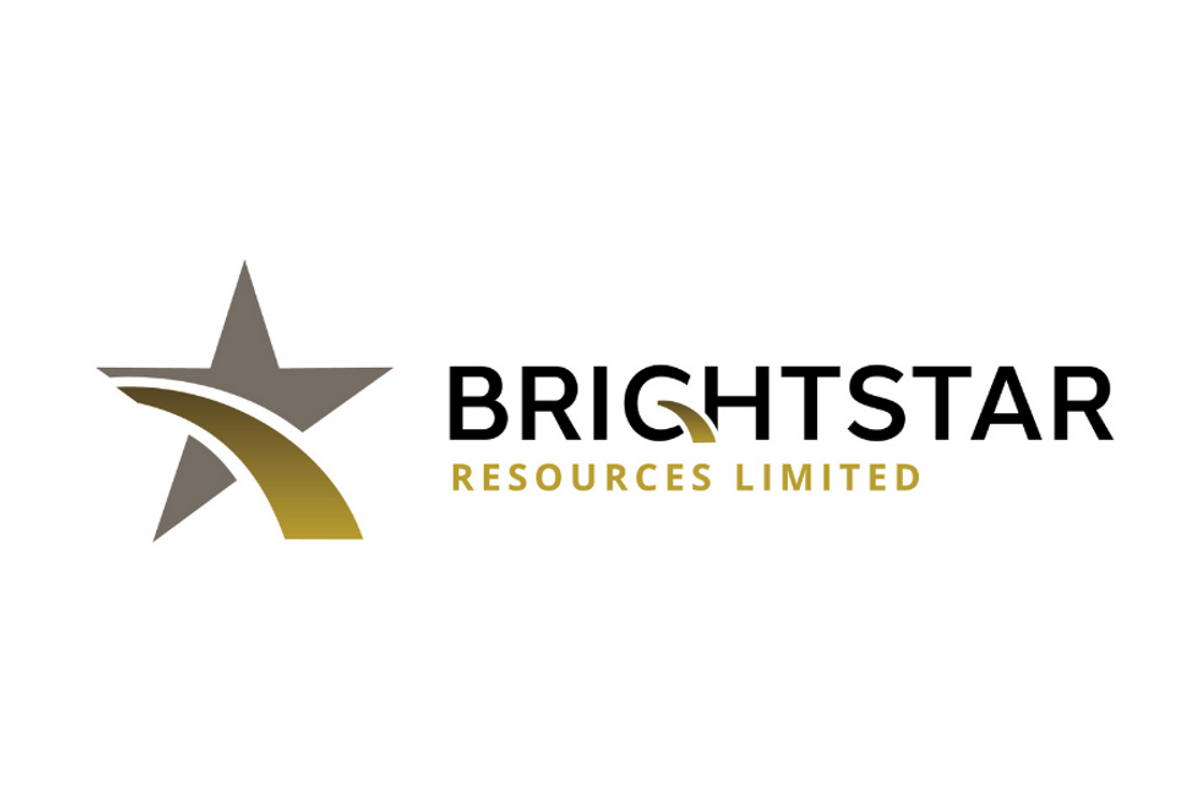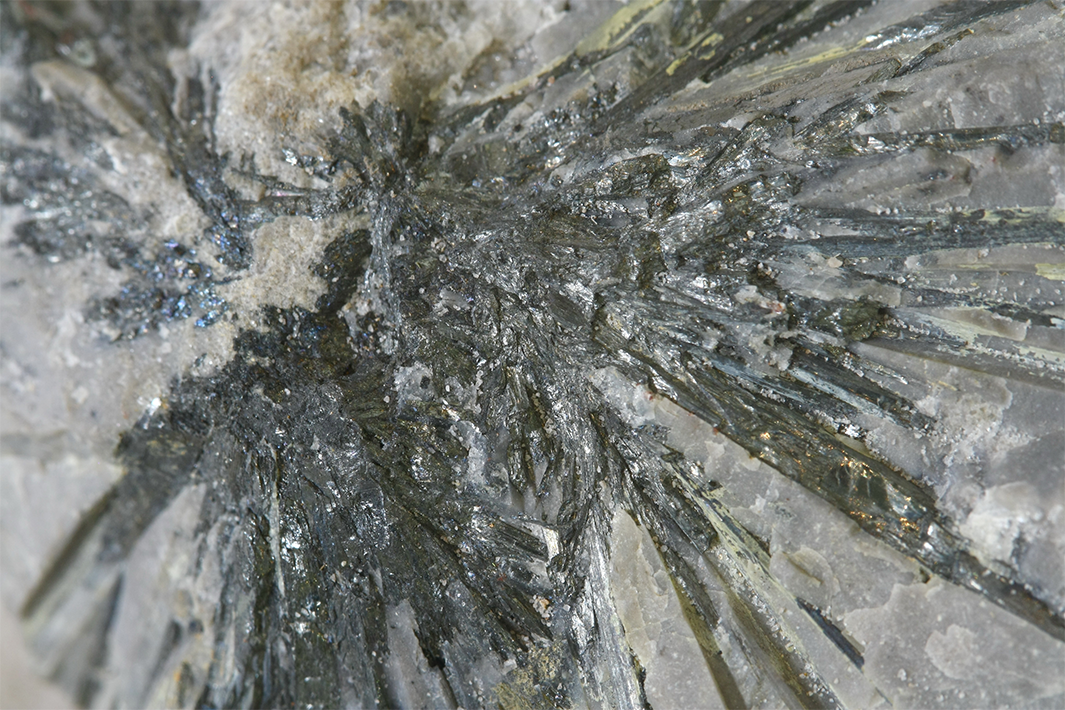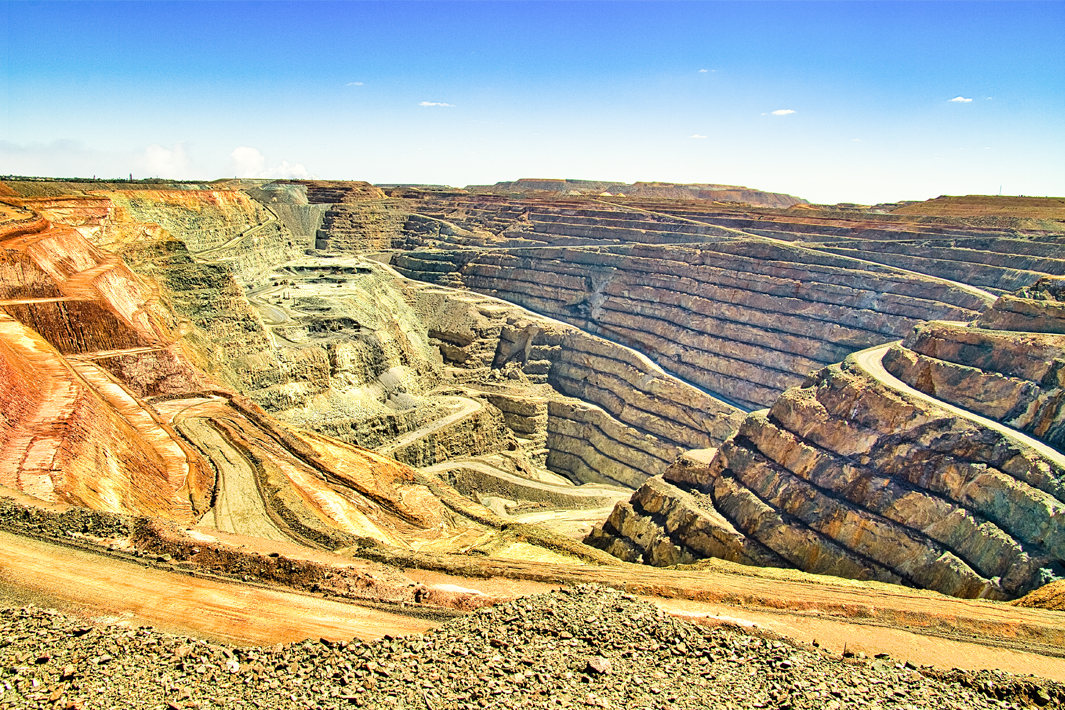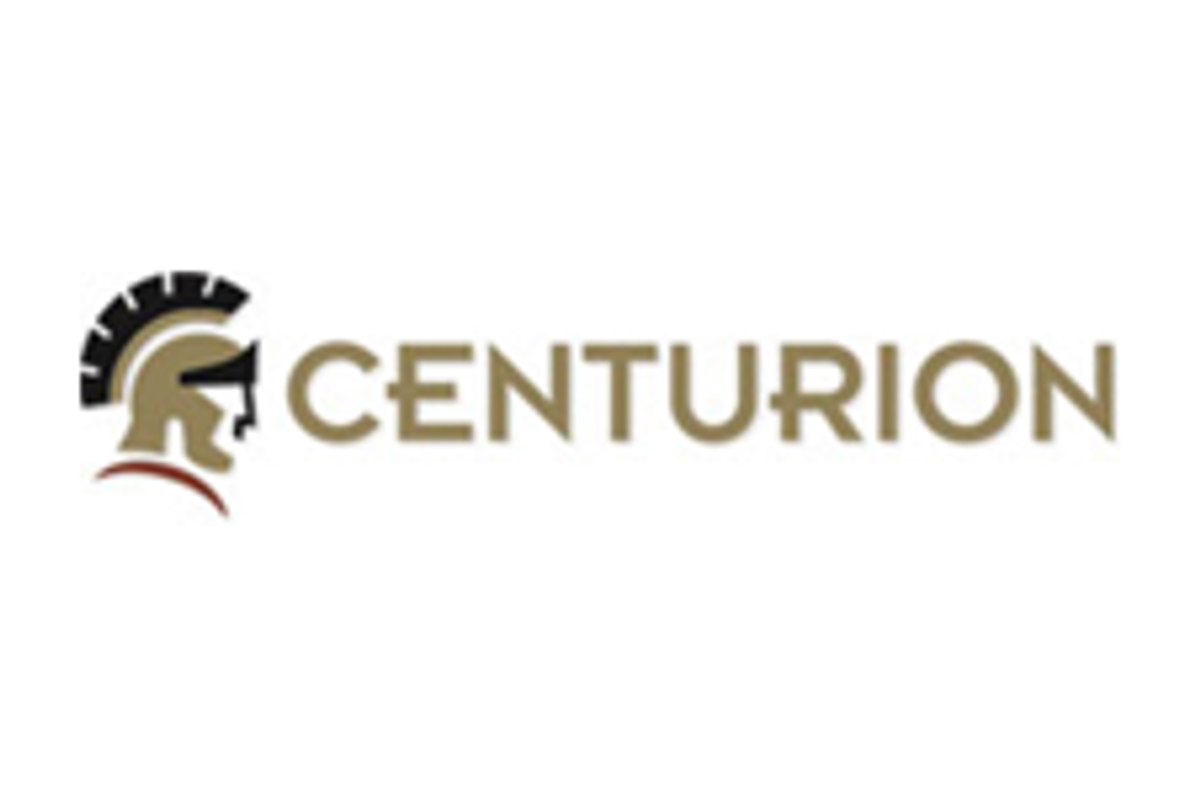
July 31, 2024
Brightstar and Alto enter into scheme implementation deed. Brightstar acquires Montague East Gold Project from gateway. Brightstar placement to Raise $24 Million.
Brightstar Resources Ltd (ASX: BTR) (Brightstar) and Alto Metals Limited (ASX: AME) (Alto) are pleased to announce that they have entered into a binding Scheme Implementation Deed under which Alto agrees to propose a scheme of arrangement between Alto and its shareholders under Part 5.1 of the Corporations Act 2001 (Cth) (Scheme).
Highlights:
- Brightstar Resources Limited (Brightstar) and Alto Metals Limited (Alto) have entered into a Scheme Implementation Deed (SID) under which Alto agrees to propose a Scheme of Arrangement (Scheme) for the acquisition of 100% of Alto
- Concurrently, Brightstar has entered into a Tenement Sale Agreement with Gateway Mining Limited (Gateway) under which Brightstar has agreed to acquire 100% of the Montague East Gold Project (with Gateway to retain all non-precious metal rights) for consideration of $14.0m comprising cash, scrip and contingent payments (Montague Acquisition)
- Under the Scheme, Alto shareholders will receive 4 Brightstar shares for each Alto share held on the Record Date (Scheme Consideration)
- The Scheme Consideration has an implied value of approximately 6 cents1 per Alto share, representing a significant premium of:
- ~82% to the closing Alto share price of 3.3 cents per share on 30 July 2024; and
- ~81% to Alto’s 30-day VWAP of 3.3 cents per share up to and including 30 July 2024
- The Scheme Consideration implies a fully diluted equity value for Alto of $44.4m
- The Alto Board unanimously recommends the Scheme, and the Alto Directors intend to vote all Alto shares in which they have a relevant interest in favour of the Scheme, in each case in the absence of a superior proposal and subject to the Independent Expert concluding (and continuing to conclude) that the Scheme is in the best interests of Alto shareholders2
- Alto’s largest shareholder, Windsong Valley Pty Ltd representing ~15% of the Alto shares on issue, has confirmed to Alto that it intends to vote such of those shares that it holds at the time of the Scheme vote in favour of the Scheme, in the absence of a superior proposal and subject to the independent expert concluding (and continuing to conclude) that the Scheme is in the best interests of Alto shareholders
- Brightstar to raise up to $24m (before costs) at 1.5 cents per share via a two-tranche placement (Placement), which represents a nil discount to the last traded price
- The Scheme is conditional on completion of the Placement, however neither the Placement nor the Montague Acquisition are conditional on completion of the Scheme
- Following completion of the Placement, the Scheme, the Montague Acquisition and the issue of Topdrill Shares and Genesis Shares (refer below), the pro forma Brightstar Group (Combined Group) will have:
- Pro-forma 3.0Moz Au of JORC (2012) Mineral Resources3
- Pro-forma cash position of $31m with potential debt finance facilities totalling $36m
- Strategic ~1,100km2 landholding in the Sandstone region provides a third production hub (Sandstone Hub) to complement existing Brightstar production, development and exploration asset portfolio
- Existing shareholders of Brightstar (including Placement participants), Alto and Gateway holding approximately 66%, 29% and 5% of the Combined Group4
- Brightstar has separately executed a Non-Binding Indicative Offer (NBIO) with a South Korean strategic investor for a multi-tranche investment of $40m, including an upfront $4m equity investment (unconditional and included in the Placement) and a $36m gold offtake financing arrangement
OVERVIEW
Under the terms of the Scheme, Brightstar will acquire 100% of the shares in Alto and each Alto shareholder will receive 4 new Brightstar shares for each Alto share held on the record date for the Scheme5.
In addition to the Scheme, Brightstar, via a newly incorporated wholly owned SPV ‘Montague Gold Project Pty Ltd’ (MGP), has entered into a Tenement Sale Agreement with Gateway Mining Limited (ASX:GML) (Gateway), and its wholly owned subsidiary Gateway Projects Pty Ltd (GPWA), under which MGP proposes to acquire Gateway and GPWA’s interests held in certain mining tenure in respect of Gateway’s Montague
East Gold Project, with MGP obtaining 100% of the gold mineral rights and Gateway retaining all other mineral rights (Montague Acquisition).
The Montague Acquisition is not conditional on the Scheme completing and, subject to the satisfaction of the relevant conditions precedent (see description further below), will proceed independently of the Scheme.
On implementation of the Scheme and completion of the Montague Acquisition, Brightstar will become a significant junior West Australian gold explorer, developer and producer with a material exploration and development platform. The Scheme and Montague Acquisition will consolidate highly prospective exploration ground in the Sandstone region which will complement Brightstar’s existing production, development and exploration asset portfolio, for the benefit of both Brightstar, Alto and Gateway shareholders.
Click here for the full ASX Release
This article includes content from Brightstar Resources, licensed for the purpose of publishing on Investing News Australia. This article does not constitute financial product advice. It is your responsibility to perform proper due diligence before acting upon any information provided here. Please refer to our full disclaimer here.
BTR:AU

Sign up to get your FREE
Brightstar Resources Investor Kit
and hear about exciting investment opportunities.
- Corporate info
- Insights
- Growth strategies
- Upcoming projects
GET YOUR FREE INVESTOR KIT
The Conversation (0)
19 June 2025
Brightstar Resources
Emerging gold producer and district-scale resource developer in Western Australia
Emerging gold producer and district-scale resource developer in Western Australia Keep Reading...
23 December 2025
November campaign production update
Brightstar Resources (BTR:AU) has announced November campaign production updateDownload the PDF here. Keep Reading...
11 December 2025
Menzies Mineral Resource increases 22% to 0.7Moz @ 1.5g/t
Brightstar Resources (BTR:AU) has announced Menzies Mineral Resource increases 22% to 0.7Moz @ 1.5g/tDownload the PDF here. Keep Reading...
08 December 2025
Sandstone exploration drilling returns 157m @ 1.13g/t Au
Brightstar Resources (BTR:AU) has announced Sandstone exploration drilling returns 157m @ 1.13g/t AuDownload the PDF here. Keep Reading...
24 November 2025
Annual General Meeting Presentation
Brightstar Resources Limited (ASX: BTR) (Brightstar or Company) has announced Annual General Meeting Presentation.Click here for the full ASX ReleaseThis article includes content from Brightstar Resources, licensed for the purpose of publishing on Investing News Australia. This article does not... Keep Reading...
20 November 2025
Aurumin Shareholders and Court Approve Scheme of Arrangement
Brightstar Resources Limited (ASX: BTR) (Brightstar or Company) provides the following update on the proposed acquisition of 100% of the fully paid ordinary shares and options in Aurumin Limited (Aurumin) by Brightstar by way of Court-approved share scheme of arrangement (Share Scheme) and... Keep Reading...
12h
Ongoing Drilling Continues to Return Broad Gold Intercepts
Asara Resources (AS1:AU) has announced Ongoing drilling continues to return broad gold interceptsDownload the PDF here. Keep Reading...
31 December 2025
Utah’s Antimony Resource: A Strategic Investment Play in Critical Minerals
Utah may be best known for its copper and gold legacy, but hidden beneath its rugged terrain lies one of the most overlooked critical mineral opportunities in the US: antimony. With global supply heavily concentrated in China and export restrictions tightening, Utah’s underexplored antimony... Keep Reading...
30 December 2025
Hidden Gem: How Intrusion-related Gold Deposits Could Fuel Next-generation Discoveries
With the gold price continuing to hover near all-time highs and major producers scouring the globe for new large-scale deposits, one type of gold system is emerging as a potential game changer. Intrusion-related gold systems (IRGS) have already yielded multimillion-ounce mines, like Kinross... Keep Reading...
30 December 2025
Finding Gold: Exploring New Zealand’s Next Big Discovery
Despite its rich mining legacy, New Zealand remains one of the most underexplored frontiers for gold in the developed world. Now, with advanced exploration tools and a new generation of explorers, the country is emerging as a hotbed of untapped investment opportunity.Modern exploration... Keep Reading...
Latest News

Sign up to get your FREE
Brightstar Resources Investor Kit
and hear about exciting investment opportunities.
- Corporate info
- Insights
- Growth strategies
- Upcoming projects
GET YOUR FREE INVESTOR KIT
Interactive Chart
Latest Press Releases
Related News
TOP STOCKS
American Battery4.030.24
Aion Therapeutic0.10-0.01
Cybin Corp2.140.00







